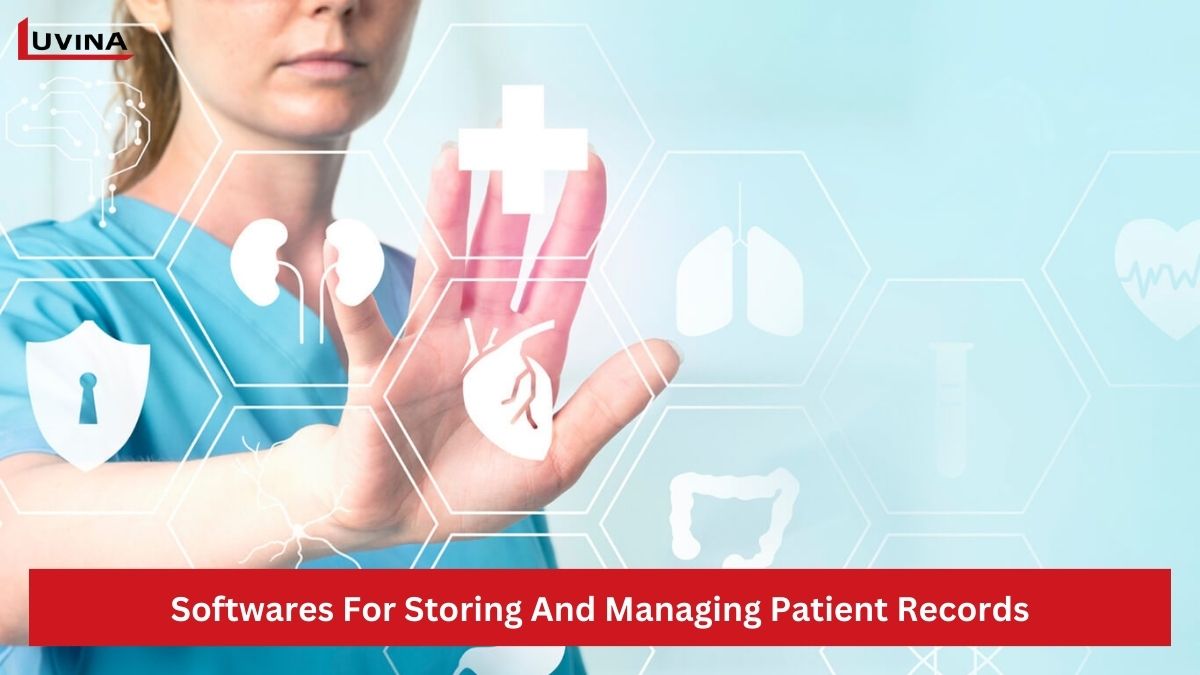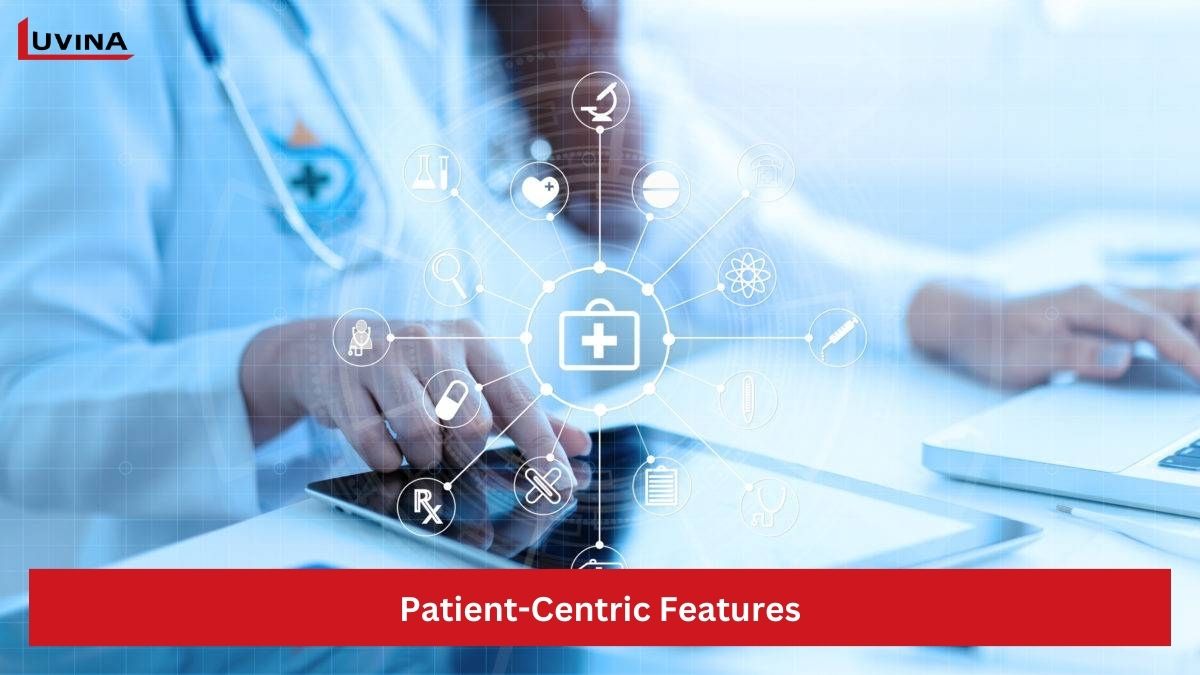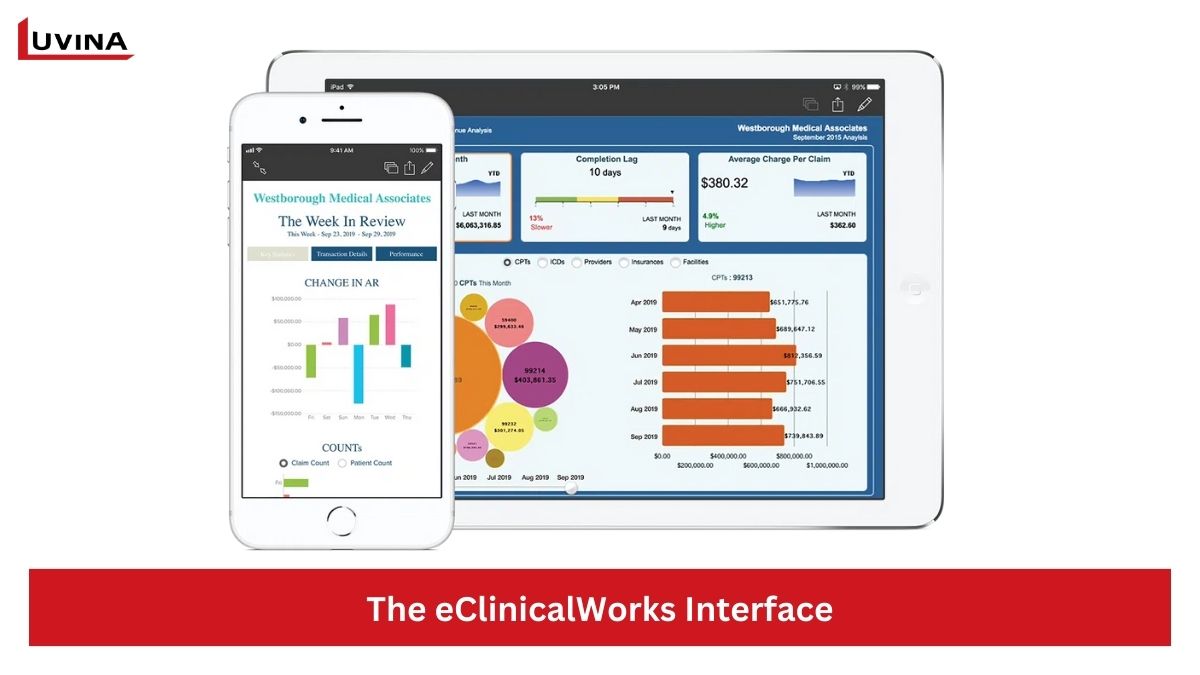In the past, patient data was entered into paper charts and kept in the office’s record room to handle medical records. Nonetheless, patient information management systems are seen as vital instruments in contemporary medicine in the age of digital healthcare services. In order to focus on patient care and increase patient involvement, medical professionals and organizations now find that electronic patient management software is crucial for accurately and efficiently managing patient information.
In the article below, let’s explore what patient information management is and how it is transforming the way healthcare providers deliver services and manage patient records.
What is a patient information management system?
A patient information management system (or medical record management system) is software used in healthcare to manage and store patient information. These systems typically include features such as storing patient records, scheduling appointments, managing prescriptions, and handling various administrative tasks. With the help of a patient record management system, healthcare providers can streamline medical processes, improve operational efficiency, and enhance the quality of patient care.

Features of patient information management system
The goal of a patient information management system is to improve the operations of healthcare providers, helping doctors and medical professionals work and manage patients more easily. Therefore, all these software systems typically have some key features that serve the work of doctors and medical professionals, including:
- Patient information management system: Storing and organizing patient-related data, such as medical history and contact information, to help doctors and healthcare staff ensure the quality of patient care.
- Doctor Appointment Booking App: Allows patients to book appointments online, helps doctors organize their schedules better, facilitates easier appointment setting, and enhances the patient experience.
- Prescription management: Doctors can create digital prescriptions, and pharmacists can easily access these prescriptions, making the process of filling and verifying medications simpler.
- Clinical decision support: Acts like a virtual assistant by providing doctors with critical patient information, suggesting potential diagnoses, recommending treatment methods, and alerting them to possible complications.
- Test ordering: Doctors and medical professionals can send test requests for any patient to laboratories and diagnostic facilities, and receive the results electronically, reducing paperwork and ensuring accurate tracking.
- Telemedicine App: Enables online connection between doctors and patients through video calls, chat, or messaging, allowing patients to receive consultations without physically visiting the clinic.
- Inventory management: Manages supplies, medications, and medical equipment to prevent shortages or wastage.
- Patient portal: Facilitates easy access for patients to their medical information, allowing them to check test results, view appointments, and communicate with doctors.
- Reporting and analysis: Collects information from patient records to help doctors improve treatment methods, ensure patient safety, and make informed treatment decisions.

Keys to a Successful Patient Information Management System
Managing and storing patient records has never been an easy task. However, to ensure the success of a patient information management system, here are some important points to remember:
1. Establishing a rigorous electronic medical records management process
This process involves the entire organization’s participation, meaning that management levels must solicit input from all departments. Additionally, for patient information management systems, healthcare entities need to understand data security policies and procedures, such as HIPAA. Any organizational changes that may impact the handling or security of patient health information must be promptly updated.
2. Developing an employee training program
Without proper training, healthcare staff may mishandle sensitive patient health information. Training all staff on how to interact with the hospital patient record management system is also a requirement outlined in HIPAA guidelines.
3. Patient record classification
Detailed patient record classification helps healthcare providers monitor the effectiveness of patient records. Additionally, it facilitates easier record retrieval whenever needed.

4. Ensuring and continuously improving data security
To ensure the effectiveness of the patient information management system, patient records must be securely maintained from creation to disposal. Electronic records should have audit trails, while paper records must be securely locked in restricted-access rooms. If storing records off-site, they must be kept in certified and controlled locations. Once no longer needed, records must be safely destroyed using NAID-certified methods.
5. Regular compliance checks
HIPAA conducts frequent and thorough checks to ensure healthcare entities comply with regulations regarding patient privacy protection. To avoid penalties, organizations should conduct self-assessments and monitor compliance.
Best Patient Management Software
Among the patient information management tools currently on the market, the 5 tools below have received the highest ratings.
1. NextGen
NextGen is a top patient information management system with features such as medical data storage, appointment scheduling, and billing. This new system helps doctors improve the quality of care and enhance patient health.
Pros:
- – Electronic prescribing
- – Telemedicine
- – Revenue management
- – Cloud-based EHRS
Cons:
- – Prone to glitches
- – Suboptimal user interface
2. eClinicalWorks
eClinicalWorks is the top resource and patient management system for doctors and clinics. This system not only allows for record storage but also facilitates patient communication and appointment scheduling.
Pros:
- – Detailed electronic health records
- – Talented virtual assistant EVA
- – Revenue cycle management
Cons:
- – Long customer support wait times
- – The user interface is not user-friendly

3. athenahealth
Athenahealth is a patient-centric patient information management system that enhances clinical effectiveness and helps healthcare providers improve customer relationships. This system allows healthcare entities to create and manage comprehensive patient records, and patients can also review test results and appointment dates.
Pros:
- – Automatic cancelation reminders
- – Cloud-based payment
Cons:
- – Initial setup and configuration are challenging
- – Prescription finalization can be difficult
4. LeadSquared
LeadSquared is a tool that integrates CRM, marketing, and healthcare management. This electronic patient record management system helps healthcare providers attract more patients and interact with and retain patients using automated tools.
Pros:
- – HIPAA compliance
- – Automated marketing tools
- – Task assignment and monitoring
Cons:
- – Suboptimal UX and UI
- – Lack of advanced marketing automation options
5. Salesforce360
With Salesforce360, you’ll be provided with a feature-rich set to manage patients. You can create and share forms to add detailed patient profiles and track medication records. This patient information management system also offers appointment management features to help doctors and medical professionals optimize their schedules.
Pros:
- – Supports detailed patient profiling
- – Smart appointment management
- – Comprehensive medication records
Cons:
- – Relatively expensive for small clinics
- – Navigation and searching for items can be time-consuming

How can Luvina help?
Based on our profound understanding of the healthcare sector in the Industry 4.0 era, Luvina offers approaches that can help clients achieve high levels of automation, enhance operational efficiency, innovate products and services, and modernize infrastructure with sustainable costs. To date, Luvina has supported numerous healthcare enterprises in ensuring the security of information and optimizing their processes, while also developing tailored care services for organizations catering to the elderly, single parents, and even pets.
Above all, Luvina understands that patient information management demands high accuracy and efficiency. Therefore, when assisting businesses, we provide safe and professional in-house systems, helping healthcare entities store and manage patient data, and simplifying tasks related to information management, health monitoring, and payments. Luvina has extensive experience in IT outsourcing services for healthcare industry. Thus, we ensure uninterrupted data updates while providing robust storage capabilities for data and absolute information security.

Collaborate with Luvina to experience the highest quality of service standards, which have attained ISO 9001 certification and CMMI Level 3. We also ensure strong communication and exchange capabilities 24/7 in both English and Japanese, regardless of time zones. Additionally, Luvina commits to data security with modern infrastructure compliant with international standards.
With over 100 skilled professionals, Luvina is always ready to provide innovative solutions tailored to the needs of each business. Contact our consulting experts directly for specialized services related to healthcare development solutions.
Final Thoughts
The information provided above gives you an overview of the patient record management system that you need to grasp. When it comes to setting up a medical record management system, it’s crucial to choose the right software as well as a suitable partner. Hopefully, this article has helped you understand more about patient information management, its essential features, and some key points to consider when building a successful system.
Creating an electronic patient record management system may not be simple. However, in the Industry 4.0 era, such a system will undoubtedly bring significant benefits to your business. If you aim to gain a competitive edge in the market, contact Luvina today for detailed advice on building a patient information management system.
To learn more about the healthcare industry, check out these additional resources:









Read More From Us?
Sign up for our newsletter
Read More From Us?
Sign up for our newsletter